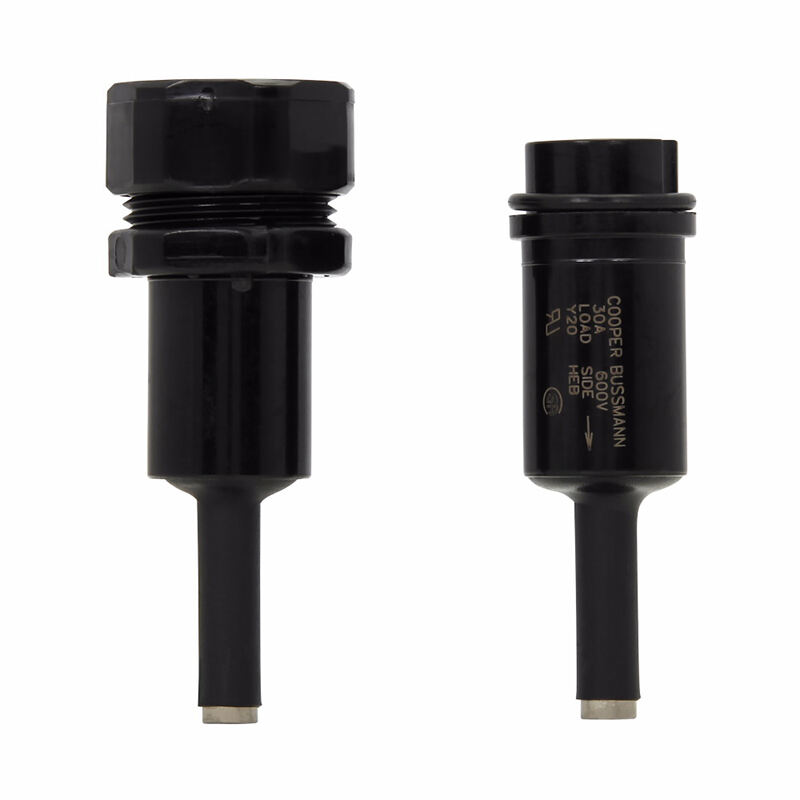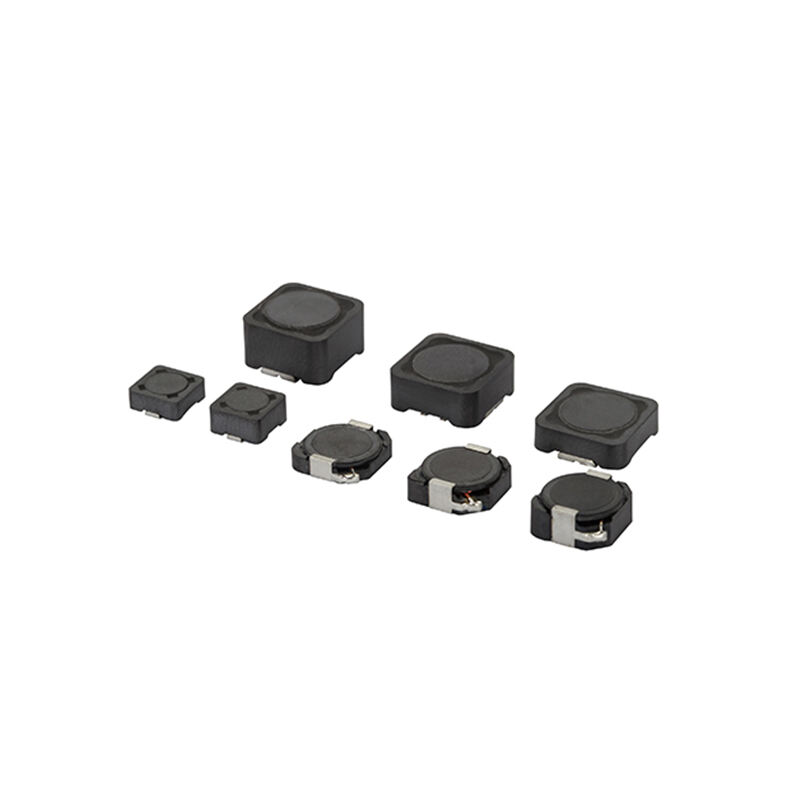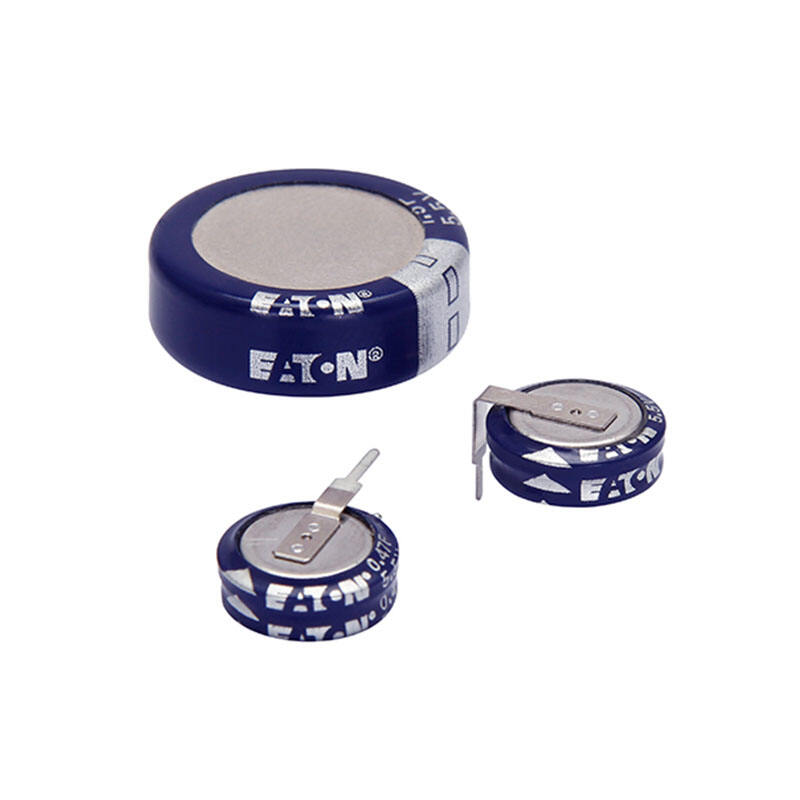サーパーキャパシタ(超電導コンデンサ)は、別名ウルトラキャパシタや電気二重層コンデンサ (EDLC) とも呼ばれ、コンデンサと電池の特性を独自に組み合わせています。彼らは化学反応に頼らずにエネルギーを迅速に蓄え、放出でき、伝統的なコンデンサよりも高いエネルギー密度を提供します。これにより、急速なエネルギー転送が必要なアプリケーションに最適です。サーパーキャパシタモジュールは、従来のエネルギー貯蔵ソリューションに対していくつかの利点を提供します。特に、高いエネルギー密度と優れた充放電能力があり、速やかな再充電と電力供給が可能です。伝統的な電池とは異なり、化学的プロセスによる劣化が少ないため、多くのサイクルにわたって非常に耐久性があり信頼性が高いです。技術の進歩により特定エネルギーが向上しており、サーパーキャパシタはさまざまな産業におけるエネルギー貯蔵用途の有望な代替手段になりつつあります。
ダブル層キャパシターモジュールは、重機や設備に信頼性の高い電力ソリューションを提供することで産業運営において重要な役割を果たします。その急速なエネルギー放出能力により、電力の変動時でも連続した操業が保証され、ダウンタイムが削減され生産性が向上します。さらに、ダブル層キャパシターは堅牢な電力管理機能により、重い工業的用途の高負荷に対応でき、効率的なワークフローの維持と運用の中断の最小化に不可欠です。これらのモジュールは再生可能エネルギーシステムにおいても重要な応用を持ち、太陽光や風力などの間歇的なエネルギー源からの供給を効果的に平滑化します。エネルギーの捕捉と放出を最適化することにより、ダブル層キャパシターモジュールはグリッドを安定させ、再生可能エネルギー貯蔵システムの効率を向上させます。この信頼性の高い性能は、一貫した電力供給を確保するだけでなく、再生可能エネルギーをメイングリッドにスムーズに統合し、より持続可能なエネルギー未来を支えます。通信分野では、ダブル層キャパシターが重要なバックアップ電源として機能し、停電時の途切れのない接続を確保します。瞬時のエネルギー供給能力により、通信インフラを支援し、サービスの中断を防ぎ、電力障害やピーク需要時に通信ネットワークを維持するために最適です。ダブル層キャパシターの長寿命は、これらの重要用途における信頼性と長期的な効果をさらに保証します。
サーパーキャパシタ、または電気二重層キャパシタ(EDLC)は、化学反応ではなく静電的なプロセスによってエネルギーを蓄えます。伝統的なキャパシタは電極間に絶縁体を持っていますが、サーパーキャパシタは電極表面に形成される電気二重層に依存します。この仕組みにより、高いエネルギー密度が実現し、アルミニウム電解コンデンサよりも何桁も大きな容量を提供します。サーパーキャパシタの充放電サイクルは、従来の電池よりも著しい効率の利点があります。電池は時間とともに劣化する可能性のある化学反応に依存しているのに対し、サーパーキャパシタはイオンの物理的な吸着と脱着を通じてエネルギーを転送します。これにより、より速い充電・放電時間が可能になり、寿命も延びます。エネルギー転換効率は通常、従来の電池を上回り、急速なエネルギーの蓄積と放出が必要な場合、サーパーキャパシタは魅力的な選択肢となります。多くの充電サイクルを耐えられる能力があり、容量の大幅な損失なく、従来の電池技術とは一線を画しています。
適切なスーパーキャパシタモジュールを選択するには、アプリケーションの仕様に適合するよう電圧と容量のニーズを評価する必要があります。まず、スーパーキャパシタは通常0.9Vから3.3Vの低いセル電圧を持つため、システムの電圧要件を評価してください。アプリケーションで高い電圧が必要な場合、スーパーキャパシタを直列に接続する必要があるかもしれません。さらに、エネルギー蓄積容量に基づいて必要な静電容量を決定し、モジュールを並列に接続することで静電容量を増やしてエネルギー要件を満たすことができます。これらのガイドラインに従うことで、モジュールの最適な性能と寿命が確保されます。スーパーキャパシタモジュールを選ぶ際には、温度耐性と環境条件を理解することが重要です。スーパーキャパシタは伝統的な電池よりも広い動作温度範囲を持ち、さまざまな環境での性能信頼性を維持します。しかし、極端な温度は依然としてこれらのエネルギーストレージデバイスの効率や寿命に影響を与える可能性があります。したがって、モジュールが動作する周辺条件を評価し、そのような環境向けに特別に設計されたものを選択して、耐久性和性能を向上させましょう。
その 電気回路の電圧が上昇する 潜水可能で堅牢な設計のこのコンポーネントは、サーパーキャパシタモジュールを保護するために不可欠です。さまざまな補足用ヒューズに対応し、異なるアプリケーションニーズに柔軟に対応します。また、UL 13/32"x 1-1/2" (10*38mm) ヒューズと互換性があります。ノンブレーカウェイおよびブレーカウェイの両方のバージョンが利用可能で、このホルダーはUL、CSA、CE規格への適合性と信頼性で知られています。これにより、過酷な環境での強力なパフォーマンスが確保され、電気システムの保護に最適な選択肢となります。

その DRシリーズ 0.33uH から 1000uH 盾付きドラムコア電源誘導器 電子回路において重要なエネルギーのフィルタリングと安定化を提供します。インダクタンス範囲は0.33uHから1000uHまでであり、ピーク電流定格は最大56アンペアで、デスクトップコンピュータ、DVDプレーヤー、DC-DCコンバーターに適しています。DRシリーズはフェライトコアを使用しており、磁気シールドが施されており、コンパクトな形状で安全かつ効率的な性能を発揮します。その設計は、変動する環境におけるノイズ低減とエネルギー節約を最適化しています。

更に, イートンのKRシリーズ 5.5V 0.1Fから1.5F コインセル型ウルトラキャパシタ コンパクトで環境にやさしいデザインを採用しており、多くのアプリケーションに適しています。これらにはリアルタイムクロック、電力メーター、ネットワークスイッチのバックアップ電源を提供することが含まれます。広い温度範囲で動作し、長寿命サイクルと低リーク電流を実現し、現代の持続可能性目標に合致した電力需要に対応します。その-versatilityは、さまざまな産業および消費者向け電子アプリケーションにとって信頼性の高い選択肢となります。

ダブル層キャパシターモジュールは、従来の電池と比較して著しく長いライフサイクルと強化された耐久性を誇っています。研究によると、ダブル層キャパシターは100万回の充放電サイクルに耐えられる一方で、一般的な電池はわずか500〜1,500回のサイクルしか持たない場合があります。この驚異的な長寿命は、ダブル層キャパシターがエネルギーを静電的に蓄えるためであり、徐々に電池材料を劣化させる化学反応に頼らないからです。耐久性に加えて、ダブル層キャパシターはより環境に優しいエネルギー貯蔵ソリューションを提供します。有害な化学物質(例えば鉛酸やニッカド電池に含まれるカドミウムなど)を含まないため、環境への影響が少なく、再利用性が高いです。環境規制が厳格化し、持続可能性への要求が高まる中、ダブル層キャパシターの再利用可能性と低い環境負荷は、従来の電池技術に対する強力なアドバンテージとなっています。
スーパーキャパシタ技術は急速に進化しており、エネルギー密度の向上や再生可能エネルギー源との円滑な統合が進んでいます。これらの進展により、スーパーキャパシタモジュールはエネルギー貯蔵の未来における主要な部品として位置づけられています。他に例を見ない寿命、高速充電能力、そして環境への最小限の影響により、これらは持続可能で効率的なエネルギー未来を推進する電力貯蔵ソリューションの重要な一部となっています。
スーパーキャパシタ、またはウルトラキャパシタは、化学反応を伴わずにエネルギーを迅速に蓄え・放出でき、伝統的なコンデンサよりも高いエネルギー密度を提供します。
ダブル層キャパシターモジュールは急速なエネルギー放出を提供し、電力の変動時に連続運転を維持するのに役立ち、重機や設備に最適です。
はい、ダブル層キャパシターモジュールは再生可能エネルギーシステムでのエネルギー蓄積と放出を最適化し、グリッドを安定させ、再生可能エネルギーの効率を向上させます。
ダブル層キャパシターは鉛酸やカドミウムなどの有害化学物質を含まず、環境への影響が少なく、再利用性が高いです。
 ホットニュース
ホットニュース2024-03-26
2024-03-26
2024-03-26

2024 © Shanghai King-Tech Electronic Co., Ltd. プライバシーポリシー